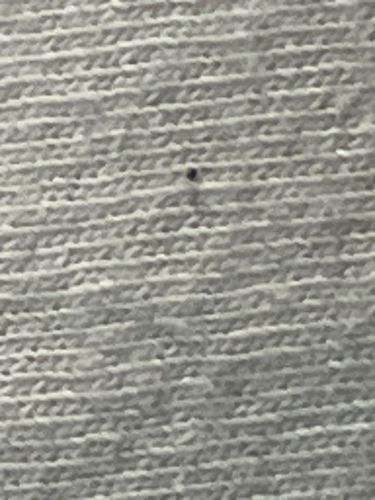Fungus Gnat
Scientific Name: Bradysia spp. (for darkwinged fungus gnats, most common indoor species), or various genera within Mycetophilidae or Sciaridae.
Order & Family: Order: Diptera, Family: Sciaridae (darkwinged fungus gnats) or Mycetophilidae (true fungus gnats)
Size: Typically 1-8 mm (adults)

Natural Habitat
Moist soil, potting mix, decaying organic matter, and areas with high humidity, commonly found around houseplants, greenhouses, and compost piles.
Diet & Feeding
Adult fungus gnats typically do not feed or feed on liquids, while their larvae feed on fungi, decaying organic matter, and sometimes plant roots, especially fine root hairs.
Behavior Patterns
Fungus gnats are typically attracted to moist environments and decaying organic matter. Adults are short-lived, primarily focused on reproduction. Larvae live in the soil/media and feed on fungi and decaying plant material, and sometimes plant roots. They have a complete metamorphosis.
Risks & Benefits
Risks: Nuisance pest, especially indoors. Larvae can damage plant roots, leading to wilting, stunted growth, and in severe infestations, plant death. They can also spread plant pathogens. Benefits: Contribute to decomposition of organic matter in natural environments.
Identified on: 8/29/2025